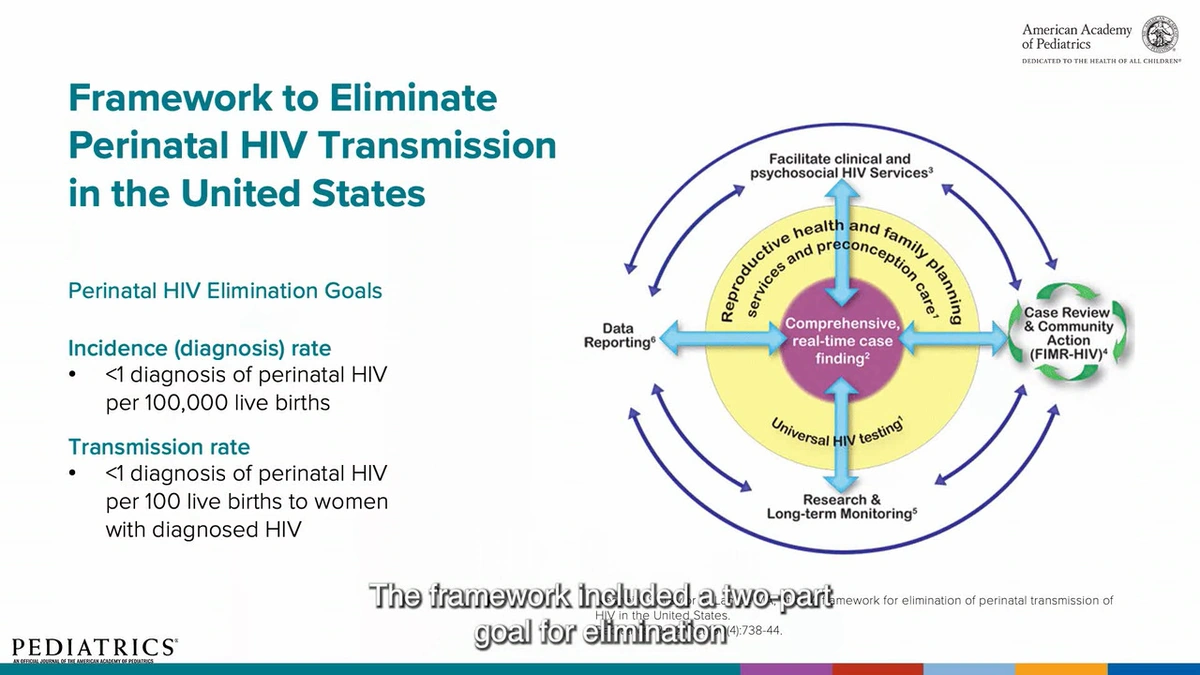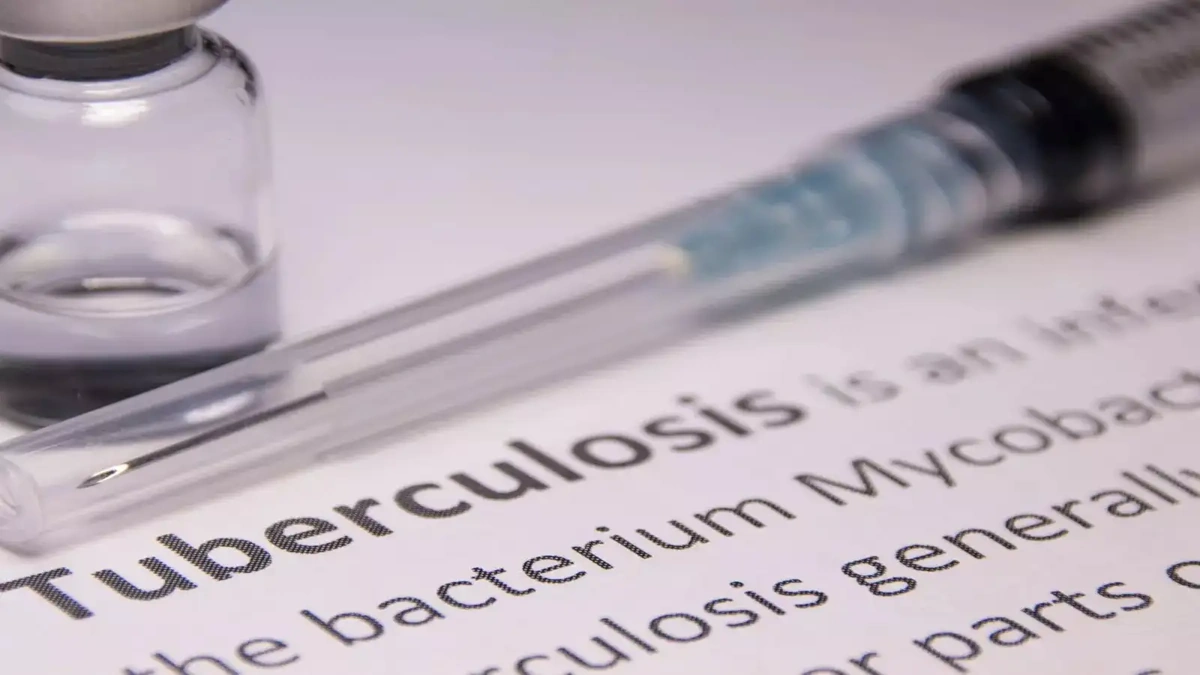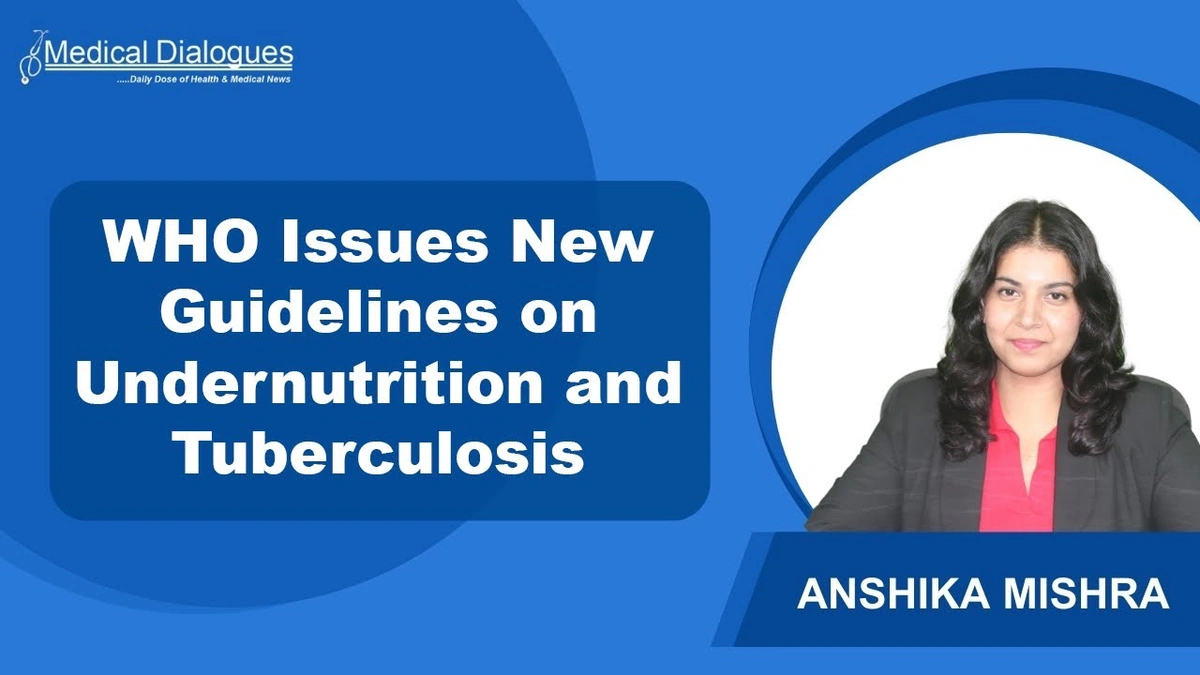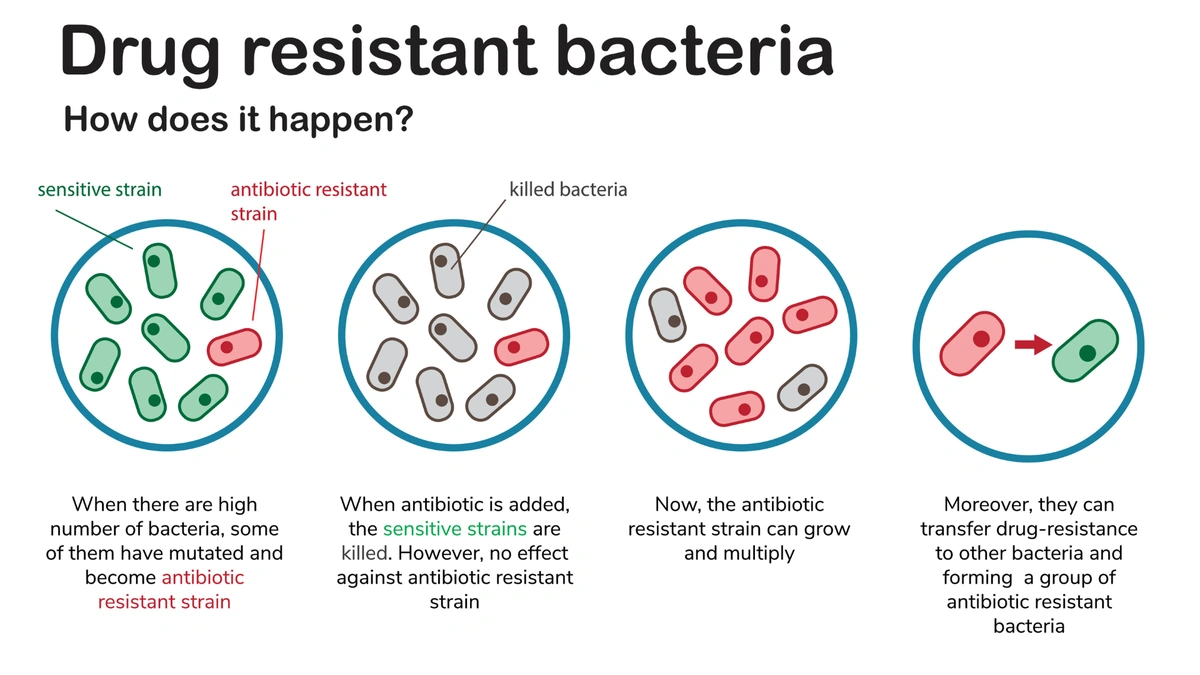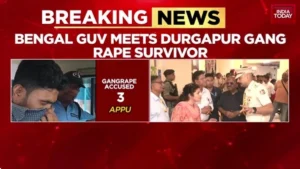Maldives First to Eliminate Mother-to-Child HIV and Syphilis Transmission
Here’s the thing: when we hear about a country eliminating a disease, especially one as persistent and challenging as HIV , it’s easy to just nod and move on. But let’s be honest, that’s a disservice to the incredible effort, innovative strategies, and sheer determination it takes to achieve such a feat. The Maldives’ recent accomplishment in eliminating mother-to-child transmission of HIV and syphilis isn’t just a headline; it’s a beacon of hope, a blueprint for other nations, and a testament to what’s possible with focused public health initiatives.
So, why should you, sitting in India, care about this? Because the lessons learned, the strategies employed, and the global implications ripple far beyond the sandy beaches of the Maldives. Let’s dive into the ‘why’ behind this achievement and unpack what it really means for the global fight against HIV transmission elimination .
The ‘Why’ Behind the Elimination | More Than Just Numbers
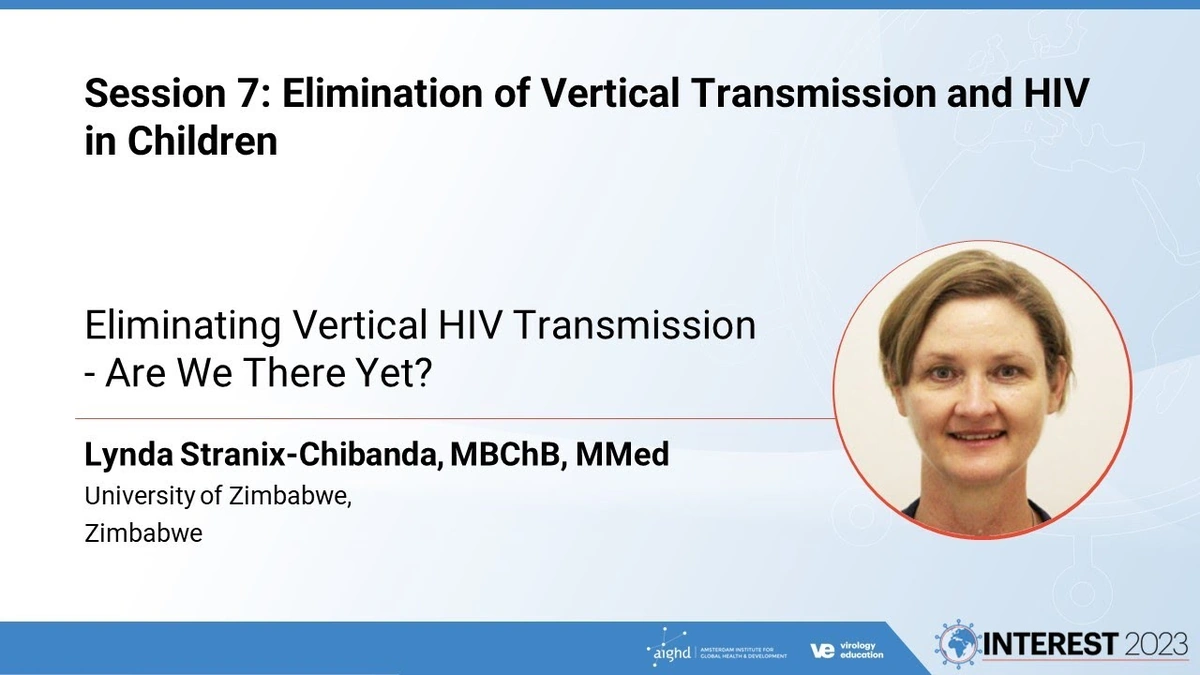
It’s easy to get lost in statistics. But behind every percentage point and mortality rate, there are real people, real families, and real lives transformed. The Maldives’ success signifies more than just a drop in cases. It showcases a robust healthcare system, effective screening programs, and a commitment to providing accessible treatment for all. Elimination of mother-to-child transmission isn’t a passive event; it’s the result of proactive intervention.
And it’s not just about healthcare either. What fascinates me is the crucial role that education and awareness play. Imagine the level of community engagement required to ensure that pregnant women are tested early, adhere to treatment plans, and have the support they need to raise healthy children. This is where the Maldives’ cultural context – its relatively small population and strong community bonds – likely played a significant role. Understanding these nuances is key to replicating this success elsewhere.
But, how was the vertical transmission of HIV stopped? Prevention of mother-to-child transmission (PMTCT) programs are a huge part of this. These programs provide a bunch of services such as antenatal care, HIV testing and counseling, antiretroviral therapy (ART) for pregnant women living with HIV , safe delivery practices, and infant feeding support.
The Indian Context | Challenges and Opportunities
Now, let’s bring it closer to home. India has made significant strides in reducing HIV transmission rates over the past two decades. National AIDS Control Organisation (NACO) has implemented various programs aimed at prevention, testing, and treatment. However, the scale of the challenge in India is immense, with a population density and socioeconomic disparities that the Maldives simply doesn’t face. According to the latest data, India still has a considerable number of new HIV infections each year, and mother-to-child transmission remains a concern.
So, what can India learn from the Maldives? One key takeaway is the importance of targeted interventions. Instead of a one-size-fits-all approach, focusing on high-risk populations and regions with tailored strategies can yield better results. Think about it – replicating the Maldives’ community engagement model in smaller, localized areas within India could be incredibly effective.
Another crucial area is access to healthcare. Ensuring that all pregnant women, regardless of their socioeconomic status or geographic location, have access to prenatal care, HIV testing, and antiretroviral therapy is paramount. This requires not only infrastructure but also addressing social stigmas and cultural barriers that prevent women from seeking help. The work includes promotion of safer sexual behavior, like consistent condom use.
The Global Ripple Effect and Future Implications
The Maldives’ achievement isn’t just a national victory; it’s a global one. It demonstrates that eliminating mother-to-child transmission of HIV and syphilis is not just a distant dream but an attainable goal. This inspires other countries to ramp up their efforts, invest in public health programs, and prioritize maternal and child health. It also strengthens the global commitment to achieving the Sustainable Development Goals (SDGs), particularly those related to health and well-being.
And here’s where it gets even more interesting: the lessons learned from the Maldives can be applied to other public health challenges as well. The same principles of early detection, targeted intervention, and community engagement can be used to combat other infectious diseases, improve maternal and child health outcomes, and build more resilient healthcare systems.
Fatty Liver isn’t the only health topic we cover; we’re committed to bringing you up-to-date on everything from paediatric HIV transmission to global health advancements.
Innovative Strategies and the Role of Technology
What I find particularly compelling is the role of innovation and technology in achieving this milestone. The Maldives likely leveraged technology to improve data collection, track patient progress, and deliver healthcare services more efficiently. For example, mobile health (mHealth) initiatives could have been used to send reminders to pregnant women about their appointments, provide them with educational materials, and offer remote consultations. Telemedicine could have been used to connect healthcare providers in remote areas with specialists in urban centers, ensuring that everyone has access to the best possible care.
And let’s not forget the power of data analytics. By analyzing data on HIV transmission rates , risk factors, and treatment outcomes, the Maldives could identify areas where interventions were most needed and tailor their programs accordingly. This data-driven approach is essential for maximizing the impact of public health initiatives and ensuring that resources are used effectively. According to UNAIDS , innovation is key to public health, and the organization consistently provides research for countries to implement.
A Call to Action | What Can We Do?
So, what can we, as individuals, do to contribute to this global effort? The answer is simple: educate ourselves, raise awareness, and support organizations that are working to prevent HIV transmission . Talk to your friends and family about the importance of getting tested, accessing treatment, and reducing stigma. Volunteer your time or donate to organizations that are providing healthcare services to vulnerable populations. And most importantly, advocate for policies that support public health initiatives and ensure that everyone has access to the care they need. I initially thought this was straightforward, but then I realized that change can begin with just one conversation!
But here’s a crucial point: it’s not just about preventing HIV . It’s about creating a world where everyone has the opportunity to live a healthy and fulfilling life. It’s about addressing the root causes of health disparities, such as poverty, inequality, and discrimination. And it’s about building strong, resilient communities that are able to support their members and promote well-being for all.
Interested in learning more about global health trends? Check out this article on diethylene glycol and its dangers.
FAQ Section
Frequently Asked Questions
How can I get tested for HIV and syphilis in India?
You can get tested at government healthcare facilities, private clinics, and through various outreach programs. NACO provides free testing services.
What are the treatment options for pregnant women with HIV?
Antiretroviral therapy (ART) is the standard treatment, which significantly reduces the risk of mother-to-child transmission.
How can I support organizations working to prevent HIV transmission?
You can volunteer your time, donate to reputable organizations, and raise awareness in your community.
What if I am concerned about stigma related to HIV?
Remember that HIV is a medical condition, not a moral failing. Seek support from healthcare professionals and support groups.
What role does community engagement play in preventing mother-to-child transmission?
Community engagement is crucial for raising awareness, promoting testing, and providing support to pregnant women and families.
Where can I find more information about HIV prevention and treatment in India?
Visit the NACO website or consult with a healthcare provider for reliable information and resources.
The Maldives’ story isn’t just about eliminating a disease; it’s about building a healthier, more equitable world. It’s a reminder that progress is possible, even in the face of daunting challenges. And it’s a call to action for all of us to do our part in creating a future where every child has the chance to thrive, free from the threat of HIV and syphilis.
